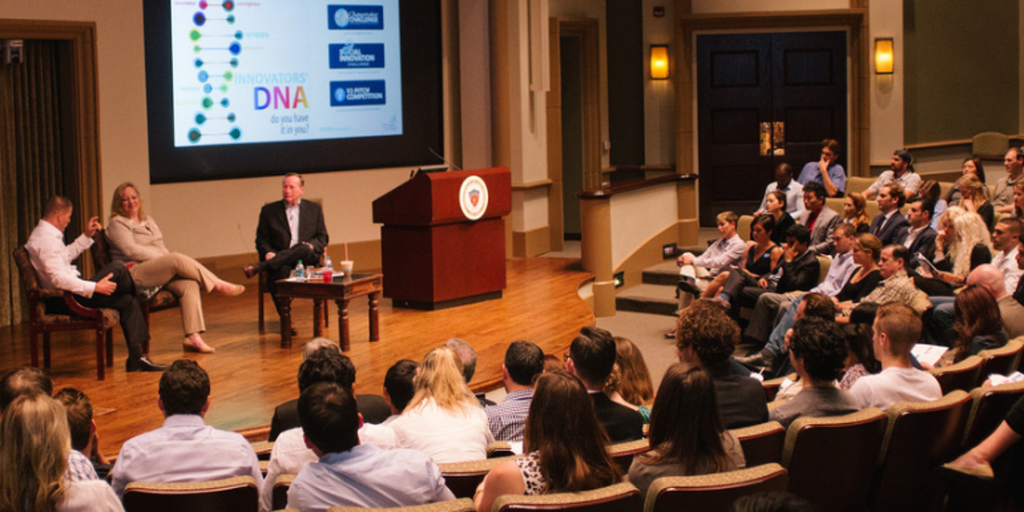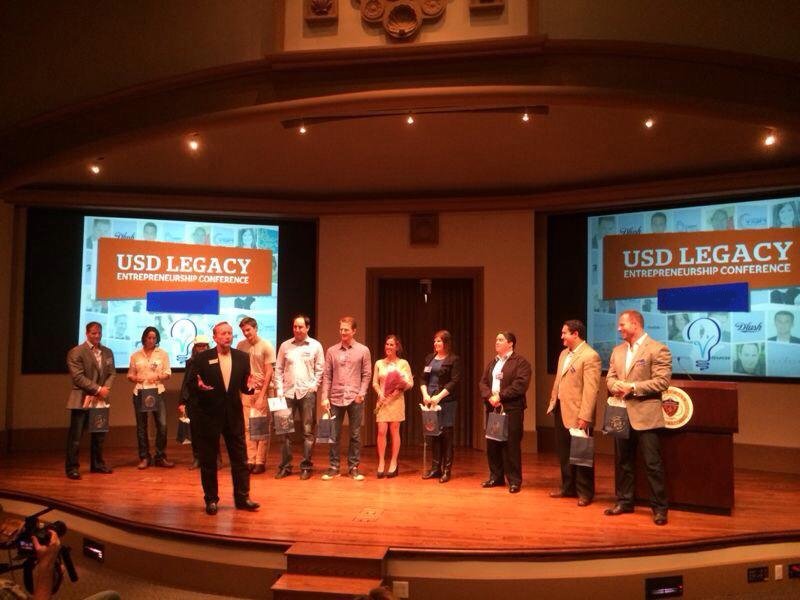6 Reasons You’ll Want To Attend This Year’s USD Legacy Entrepreneurship Conference

On Thursday Oct 6 2016 The University of San Diego School of Business Administration and the Center for Peace and Commerce proudly present the annual USD Legacy Entrepreneurship Conference. Here are some of TSG’s reasons why you’ll want to attend this annual event. 1. There is no cost to attend. It’s a very valuable and […]
5 Reasons to Attend The USD V2 Pitch Competition For Entrepreneurs

On Thursday April 28th University of San Diego School of Business will hold an exciting competition in a “Shark Tank” like setting. Top student entrepreneurs from USD and Tijuana will compete for a total of $100,000 in cash and invaluable mentorship and support. The Startup Garage Team Compiled The Top 5 Reasons this is a […]
Top 8 Success Tips For First Time Founders

As a Startup entrepreneur it’s easy for your work to become your life, and 8 years to effortlessly slip by. I founded what has become The Startup Garage in January of 2008 with passion for helping entrepreneurs start and launch companies of impact. Our business, team, and services have evolved, transformed, and changed many times […]
How To Understand Customer Lifetime Value and Customer Acquisition Costs?

The Key to Profitability for your business Understanding customer lifetime value and customer acquisition costs. It comes as no surprise that a company must earn more revenue over the lifetime of any given customer (referred to as Customer Lifetime Value or CLTV) than it costs to acquire the customer (referred to as Customer Acquisition Cost […]
Ready to win over $10,000 in Prizes for your Brilliant Business Idea?

The Startup Garage is excited to co-sponsor in “The Ideator December Challenge.” A challenge designed to bring your business idea into conception. Submissions currently open now until Dec 13, 2015 at 5pm (PST) entering is easy and done completely virtually. Enter here today >>>December Challenge Idea Competition The winner will be walking with $10,00 plus […]
How To Measure and Achieve Product/Market Fit

Product/Market Fit is a term that was coined to define the process of creating a product that resonates with a specific target market(s). Taking this definition a step further, Product/Market Fit is proving sufficient demand within a target market segment to justify the spending of capital (human and financial) in order to begin scaling the […]
Tweets. Hearts & Pivots: 5 Startup Business Lessons To Learn From Twitter

As Twitter shares plunge 13% and user growth & revenue pale in comparison to other social networks. Investors, shareholders, and tweeters alike fear the legendary tech startup is doomed. #TwitterTurmoil Founded in 2006 by by turning “moments of panic into moments of inspiration” Twitter is no stranger to the art of the pivot and is […]
Tech Focused ‘Super Schools’ to Rethink High School Education in the U.S.

XQ: The Super School Project infused with $50Million Dollars of Steve Job’s fortune intends to redefine traditional U.S. high school education. The team based competition encourages applicants to reimagine and modernize public education. “To create the future, we must first imagine it.” The project intends to build and support 5-10 Super Schools to better fit […]
6 Reasons You’ll Want To Attend The USD Legacy Entrepreneurship Conference

On Thursday Oct 8 2015 The University of San Diego School of Business Administration and the Center for Peace and Commerce proudly present the 3rd annual USD Legacy Entrepreneurship Conference. If you find yourself sitting on the fence, debating whether or not you should attend this premier networking and coaching opportunity for entrepreneurs… Here are […]
How To Optimize Your Board of Advisors

Every company – from high-growth startups to slow-growth enterprises – can benefit from an advisory board if it is well-structured and well-managed. Some of the obvious benefits of an advisory board include credibility for you and the company, domain expertise, and/or a well-established professional network. This blog post will provide guidance for assembling a well-structured […]

